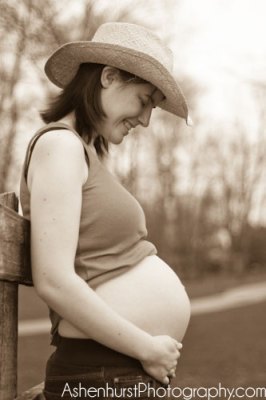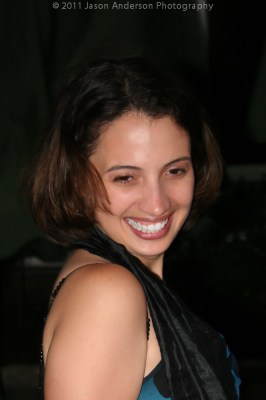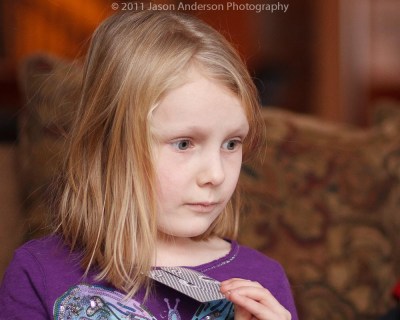With Spring in the air (if not already sprung), many of us are out and about brimming with photo ideas after being couped up for a chilly winter. What’s that you say? No photo projects brimming yet? No problem – here’s a few to get you started:
1. The Call of the Birds: Avian photography has always been something of an art form, with many of the hard core, die hard types venturing way out into the boonies of mountains, hills, lakes, and other far-reaching places. For the rest of us though, it’s tough to find the resources (time and money) to go to the birds, so another option is to bring the birds to you! Buy some bird feeders and see what comes! My folks have several bird feeders in upstate New York, and every time I visit, there are birds flying everywhere. Pine cones with peanut butter, humming bird feeders with sugar water, and even just a plain old bird bath with feed from your local DIY store can bring a bounty of birds to your doorstep!
2. Join a photo group: We’re everywhere! From ASMP groups to NAPP groups, Meetup groups, and WPPI, you can find groups for pretty much anything ranging from professional development, to studio lighting, and just groups of photographers that like to get out and shoot together for the love of the craft and the camraderie of it all! I’m a member of several local groups, all via the site Meetup.com, and I don’t have to pay a cent to participate! (I do contribute though, just because I like supporting such efforts…)
3. Shooting in a park: Get some photographer-friends, family-friends, or just some friends to join you in a park. Set up a blanket, a few light stands, and have some park-type food available: (crackers, cheese, water, whatever). Add an ipod with some speakers for a little music. Offer gag prizes for people who dance, act silly, or pose for the camera. Process the photos and post online so they can share, download, add to Facebook, Twitter, or print! Low cost, fun, and helps to build your portfolio!
The ideas are only limited by your creativity! Got your own ideas for photographic opportunities this Spring? Sound off in the comments to share, encourage, and inspire others! Happy shooting, and we’ll see you back here next time!
P.S. Don’t forget the April photo contest on Flickr – win a BacklitBox of your favorite photo! Flickr Contest Thread





























